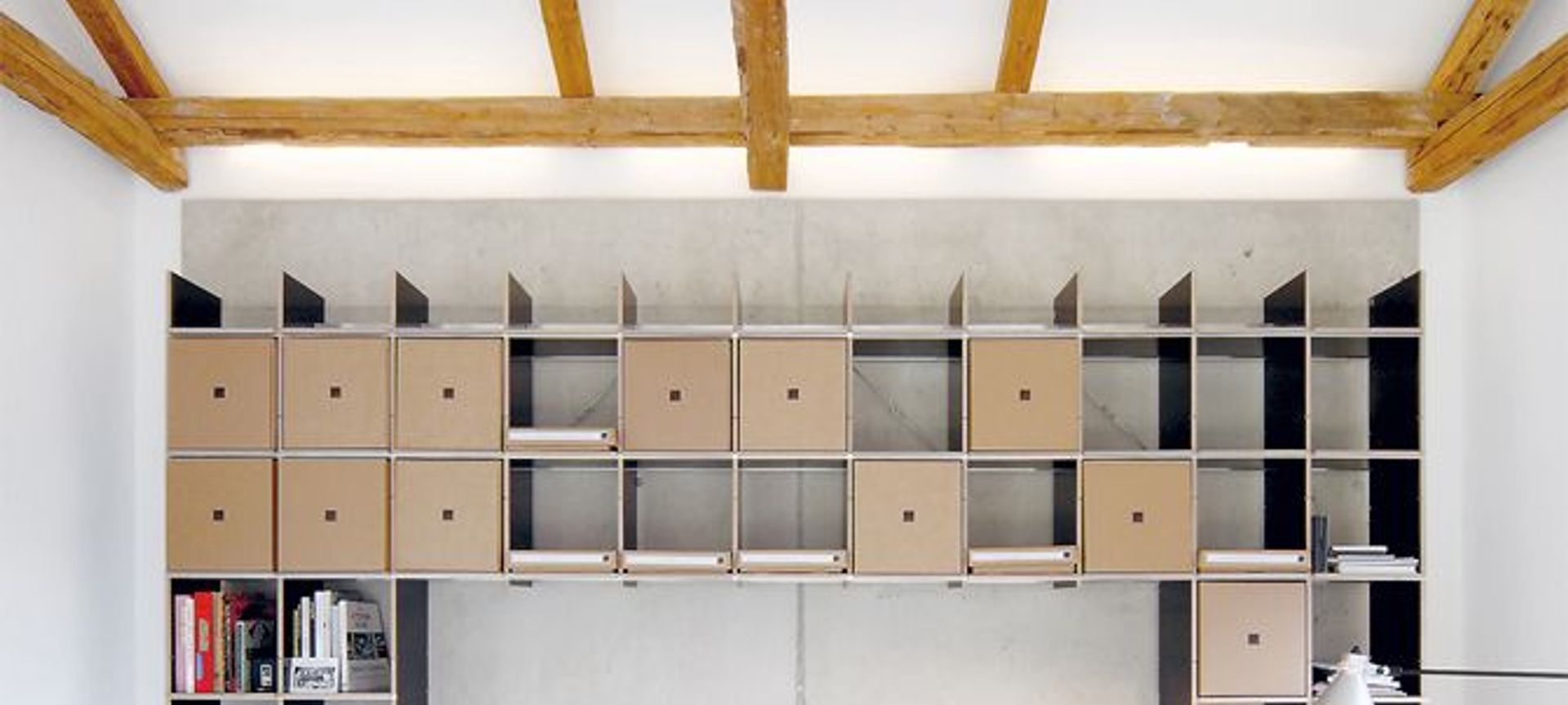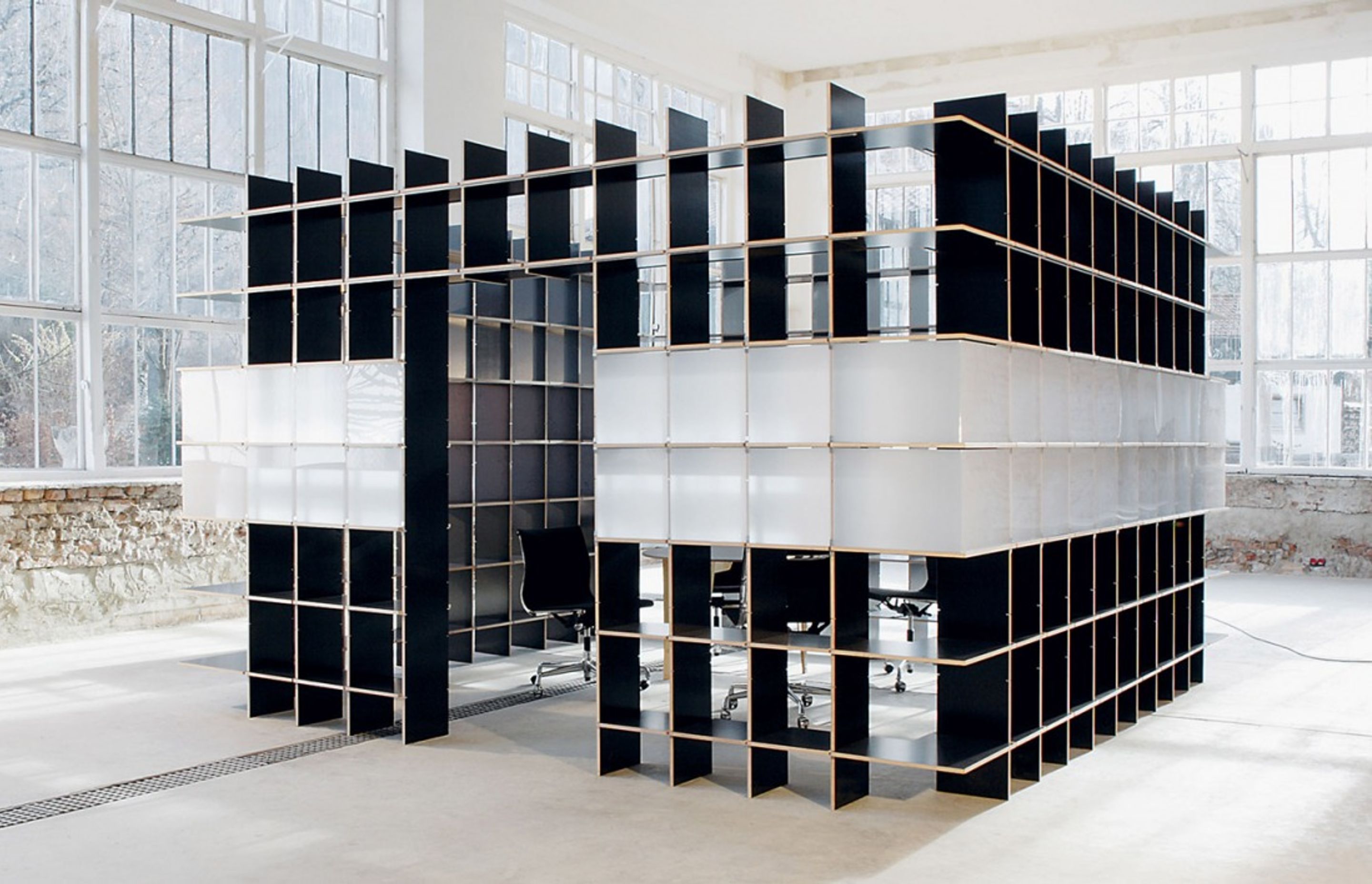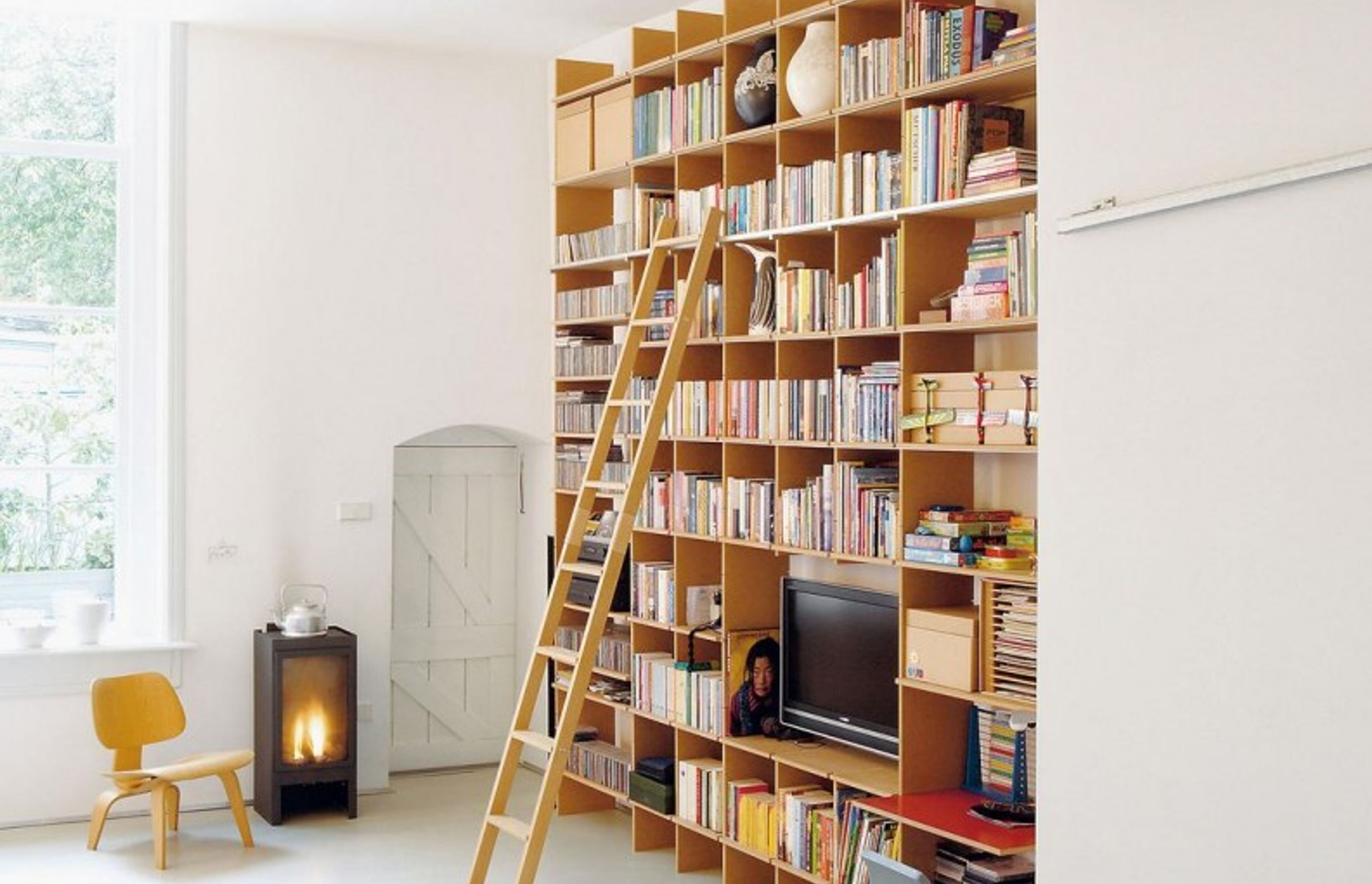The transitional shelf
Written by
29 May 2017
•
4 min read

As Kiwis, we’re known for our innate sense of ingenuity and our DIY attitude. Most of us have, at one point or another, been involved in the construction of a piece of flatpack furniture. Flatpack is a concept that has its merits, but it’s also often tainted with the ‘cheap’ brush.
That’s not always the case though, and at the higher end of the market flatpack furniture is seeing a surge in popularity, perhaps because we’re living in smaller, less accessible spaces. “In Europe, high-end flat pack furniture has been a concept for decades now,” Katalog’s Greg O’Flaherty says. “Over there, many more people live in apartments and smaller dwellings and so it’s been a concept of necessity rather than cost savings.”
And as we head in the same direction in New Zealand with higher density living, larger pieces are no longer an option in many instances due to the simple fact that they can’t be maneuvered into smaller residences.
In the case of one of Katalog’s most sought after products, the FNP shelving unit, it is perhaps its versatility and ease of installation that draws people to it. The FNP is, simply, a series of shelves that come together to create a monolithic shelving solution. It’s a utilitarian piece balanced in form and function; aesthetically pleasing, yet understated in its beauty.
Each shelf is balanced in dimension; its overall slim form has a sense of vibrancy yet a truly pared back presence within a space.
The FNP is not just another shelving unit though. “Its beauty lies within its ability to adapt to almost any setting. It can move around corners, above doors, have cabinetry added, incorporate ladders, and work in and around kitchen utilities,” Greg says. “It’s an open-ended piece than can change and morph into various forms as and when it is needed to.”
Originally designed in 1989 by German professor of design Axel Kufus, it has become one of German design company Nils Holger Moormann’s most well-known products globally and along the way has been the recipient of various international design awards.
As a flatpack solution, it can be configured in almost any manner. “The FNP comes in a variety of heights and is unlimited to a point in width,” Greg says. “In New Zealand, we’re seeing it specified into all sorts of spaces.”
Most commonly used as a bookshelf, it is often incorporated into a living area as both an entertainment and bookshelf by creating larger spaces to fit televisions and other electronic equipment. But it’s also often used in kitchen areas and constructed to fit around cooking appliances for easy to access open shelving.
In more creative configurations, the FNP has been used to create a room within a room, most notably in office spaces where it acts as a divider of space as well as a shelving solution.
“What we find when people come to us to talk about shelving solutions is that they seem to centre on simplicity of design,” Greg says. “Why this piece is so popular, I think, is because people generally either have a piece built to fit a specific space or they buy something that isn’t adjustable. But in doing so, they are investing in furniture that isn’t easily adaptable.”
Whereas flatpack shelving such as the FNP can be easily added to at a later date, or adjusted if it is moved between spaces, creating a sense of permanency but also an open ended transitional object that will work in various situations.
Katalog is the exclusive distributor of Moormann products in New Zealand and assist with design and construction of its flatpack pieces if required.
Get in touch with Katalog on ArchiPro here for some interiors inspiration.


